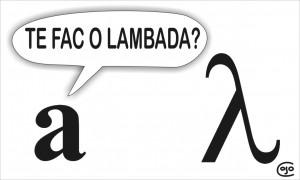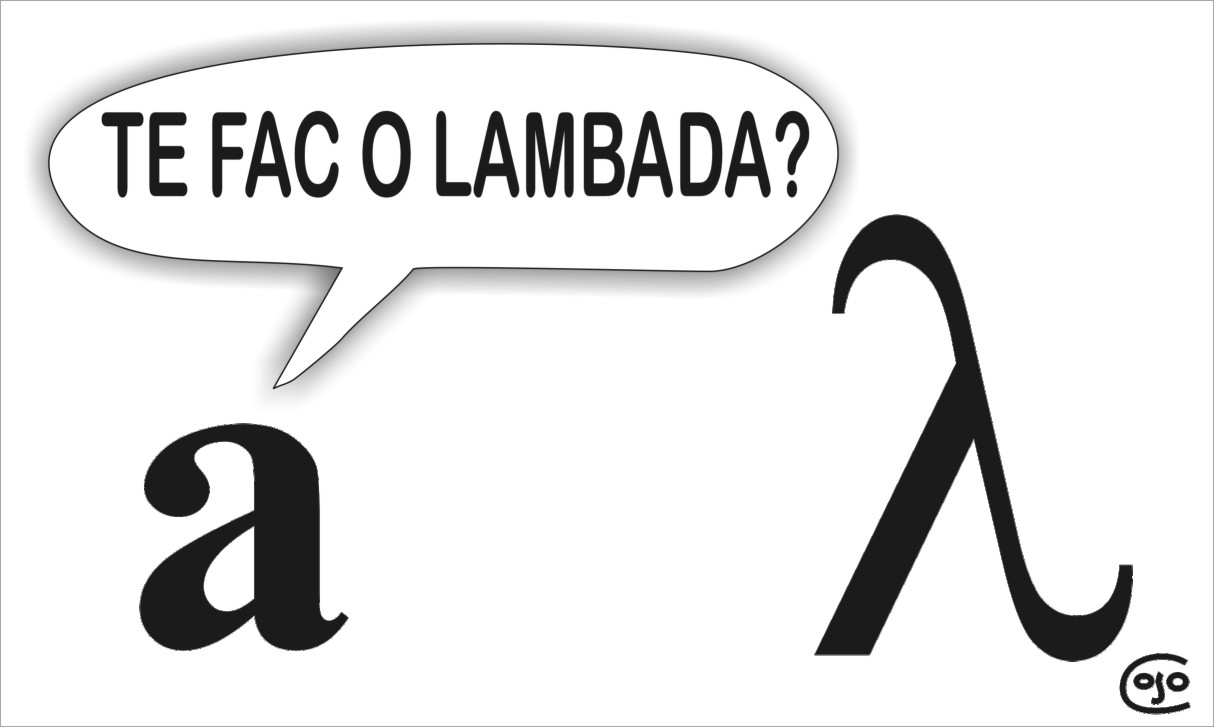 There has been a game, a devastating game carried out by unconscious people. There have been kings, bankers, politicians and warriors by profession who pushed millions and millions of innocent people to hate and kill each other, just to settle their rules. There were the rules of domination, handled through money, social position and military force that the First World War intended to expand worldwide.
There has been a game, a devastating game carried out by unconscious people. There have been kings, bankers, politicians and warriors by profession who pushed millions and millions of innocent people to hate and kill each other, just to settle their rules. There were the rules of domination, handled through money, social position and military force that the First World War intended to expand worldwide.
This spiritual darkness has awakened a group of artists who tried to render freedom to their words, ideas and images just like in a child’s game: Dada. They defied the rules that have had to tie the words into so called comprehensive sentences and phrases, by setting free the inner power of each word and colour. They played this game just for the sake of beauty and love for life.
A new perspective has been opened. An infinite combination of words, sounds and colours was, by then, in the artists’ hands. And who else, if not an artist born in a country renowned for the imagination of its people, Romania, could issue the “Seven DADA Manifests”, in 1924? It was Tristan Tzara, the most prominent figure of Dadaism. Later on he embraced the surrealism and the communist ideas, but he always made the proof, through its entire creation, of a strong and free imagination.
Dadaism, as a movement, was present in Zurich (1915-1919), through Tzara, Arp, Hugo Ball, Richard Huelsenbeck, Marcel Janco and Hans Richter, in New York (1915-1921) through Duchamp, Picabia and Man Ray, Berlin (1917-1923) and Hannover. The climax of the movement was reached in Paris (1920-1923) through Tzara, Picabia, Man Ray and Breton.
Anticipated by symbolism, ignited by the First World War, motivated by the need for freedom and imagination, Dadaism got extinguished into surrealism which, on its turn, has expanded to incredible borders the area of artistic creation.
Gabriel Cojocariu
